Renewable energy refers to energy derived from sources that are naturally replenished or renewed over a relatively short period of time. Unlike fossil fuels, which are finite and non-renewable, renewable energy sources can be continuously harnessed without depleting their availability. They are found in unlimited quantities on our Mother Earth.
There are multiple sources or types of energy that can be classified as renewable. The most well-known and popular ones include solar energy, wind energy, and hydropower. Solar energy is obtained from the sun’s radiation and is captured using solar panels or photovoltaic cells that convert sunlight directly into electricity, or through solar thermal systems that use the sun’s heat for various applications such as water heating or space heating. Wind energy is generated by harnessing the power of the wind through wind turbines. Hydropower, on the other hand, involves capturing the energy from the movement or the fall of water.
There are also other lesser-known natural occurrences, movements, or elements that are currently being developed as important sources of renewable energy. These include energy derived from waste, tidal energy, and wave energy. Biomass energy is obtained from organic matter such as wood, agricultural residues, dedicated energy crops, or organic waste. It can be converted into heat, electricity, or biofuels through processes like combustion, gasification, or biochemical conversion. Tidal energy is generated by harnessing the kinetic energy of tides caused by the gravitational pull of the moon and the sun, while wave energy is derived from the motion of ocean waves.
In our architectural industry, we can find significant incorporations of renewable energy in large and important projects. The integration of renewable energy in architecture has become an increasingly relevant trend in the search for sustainable and efficient solutions for buildings. As awareness of environmental impacts and the need to reduce greenhouse gas emissions grows, sustainable architecture has become essential in the transition towards a greener future. The combination of innovative designs and renewable energy technologies allows buildings not only to generate their own clean energy but also to reduce dependence on conventional energy sources and minimize their environmental footprint.
There are various types of buildings that utilize renewable energy sources to meet their energy needs:
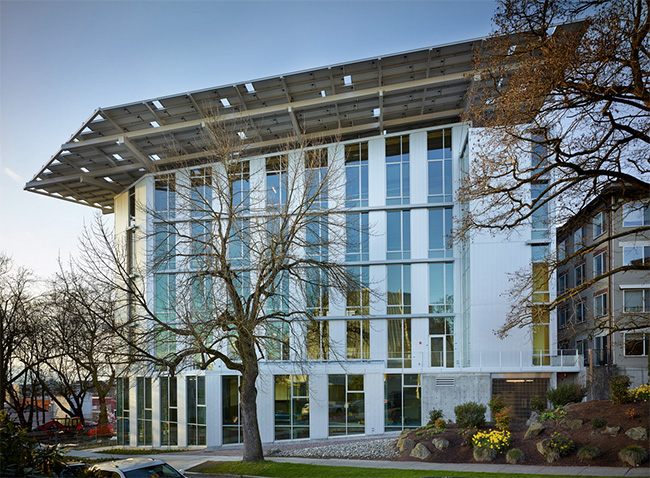
Bullit Center, Seattle, WA. Courtesy of Benjamin Benschneider
Net-Zero Energy Buildings:
These buildings generate as much energy as they consume over the course of a year. They incorporate renewable energy technologies such as solar panels, wind turbines, and geothermal systems to produce clean energy. The Bullitt Center, “The Greenest Commercial Building in the World” designed by Miller Hull Partnership, is considered a net-zero energy building as it generates the same amount of energy it consumes throughout the year. It is capable of meeting all its energy needs through renewable sources and does not rely on the conventional electrical grid.
Buildings with Wind Energy:
Some buildings incorporate small-scale wind turbines to capture wind energy and convert it into electricity. These turbines can be integrated into the building design or installed nearby, depending on the available space and wind conditions. The Bahrain World Trade Center, designed by WS Atkins, incorporates such wind turbines in its design to harness wind energy.
Bahrain World Trade Center, Manama, Baréin. Courtesy of BWTC Association.
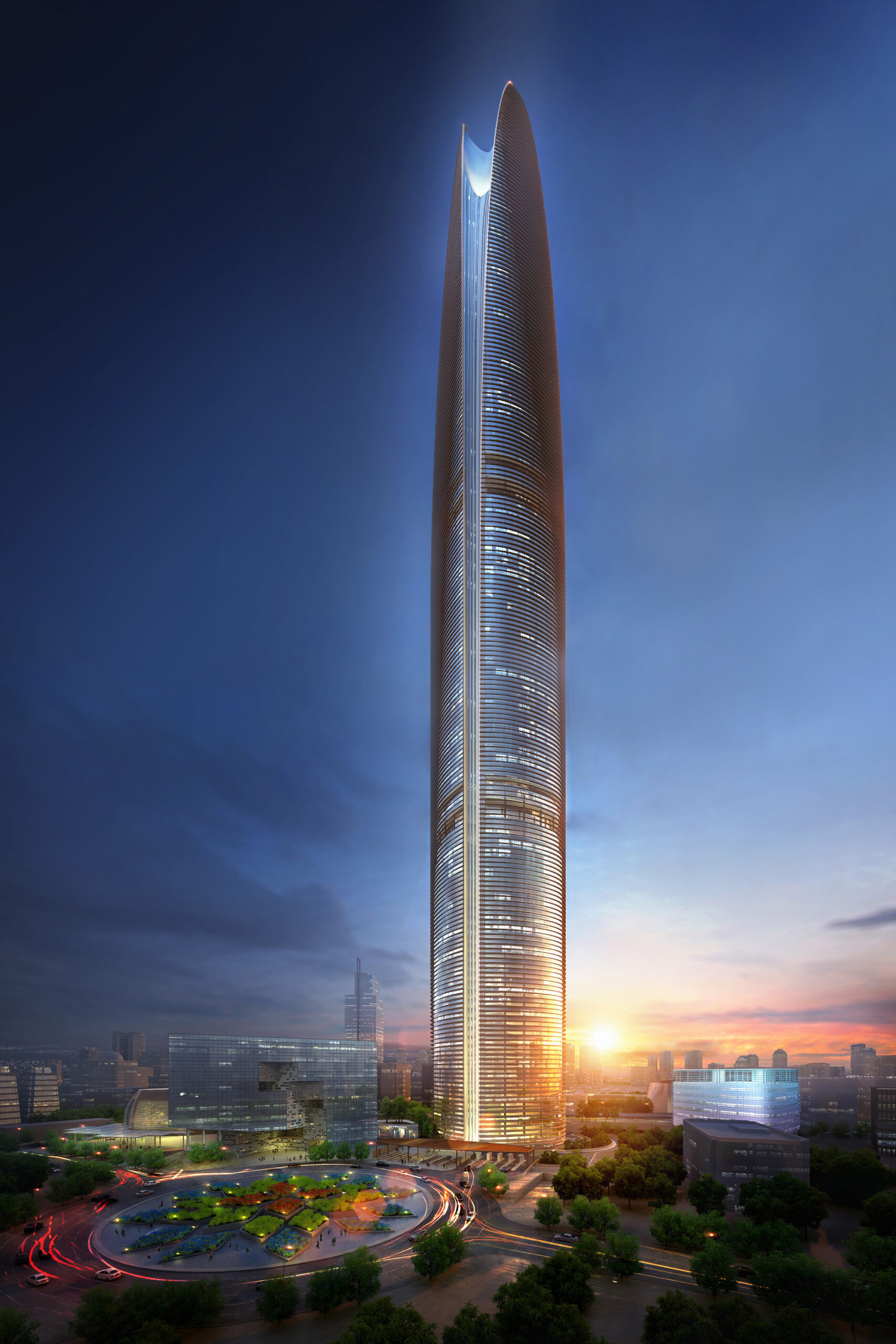
Pertamina Energy Tower in Jakarta. Courtesy of SOM
Buildings with Geothermal Energy:
They utilize the constant temperature of the Earth’s interior to heat and cool the buildings. They rely on heat pumps to extract heat from the ground during winter for heating purposes and transfer heat back into the ground during summer for cooling. The Pertamina Energy Tower in Jakarta is the tallest building in the world to utilize geothermal energy, the heat from the subsurface, to provide more efficient and sustainable heating in winter and cooling in summer.
Buildings with Biomas:
Biomass systems use organic materials such as wood pellets, agricultural residues, or dedicated energy crops to produce heat and electricity. Buildings can incorporate biomass boilers or stoves to generate heat, or biomass power plants to produce electricity. The Hotchkiss Biomass Power Plant in Colorado, United States, uses wood waste such as wood chips and tree pruning residues as feedstock. These waste materials are burned in a boiler to generate high-pressure steam, which is then used to drive a turbine connected to an electric generator.

Hotchkiss Biomass Power Plant in Colorado. Courtesy of David Sundberg/Esto

Hotchkiss Biomass Power Plant in Colorado. Courtesy of David Sundberg/Esto
Buildings with Hydroelectric Power:
Buildings located near water sources can utilize small-scale hydroelectric systems to generate electricity. These systems harness the power of flowing or falling water to rotate turbines and produce clean energy. The Bahrain World Trade Center mentioned earlier also integrates wind turbines.
The integration of renewable energy in architecture is a growing trend that aims to reduce reliance on fossil fuels and mitigate associated environmental impacts. These buildings not only harness clean and abundant energy sources, but they can also generate energy surpluses to share with the electrical grid, contributing to the transition towards a cleaner and more resilient energy system. The adoption of renewable technologies in architecture not only benefits the environment but can also lead to significant long-term energy cost savings. Renewable energy in architecture is an investment in a more sustainable future and a key response to the challenge of climate change.



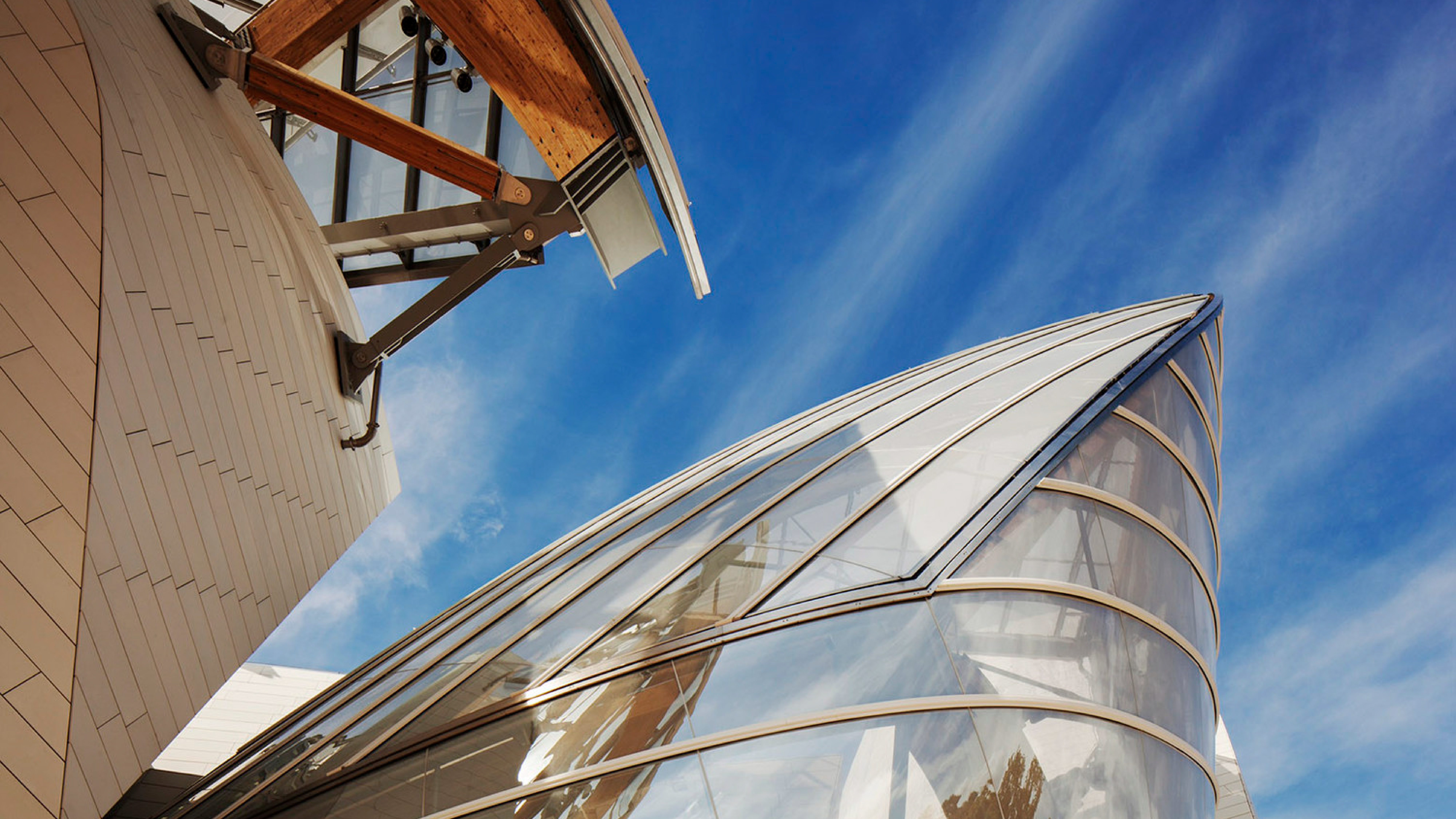
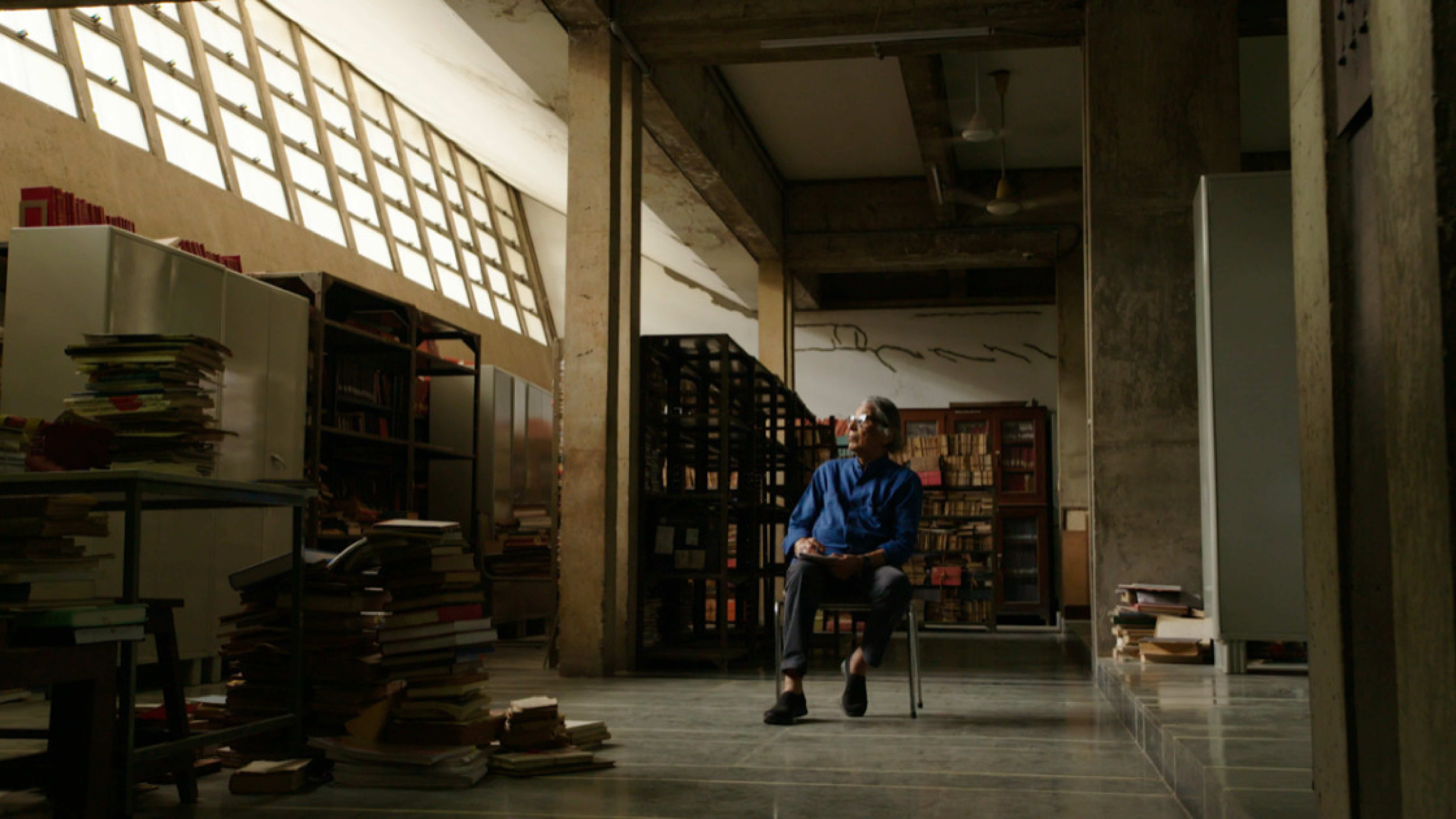
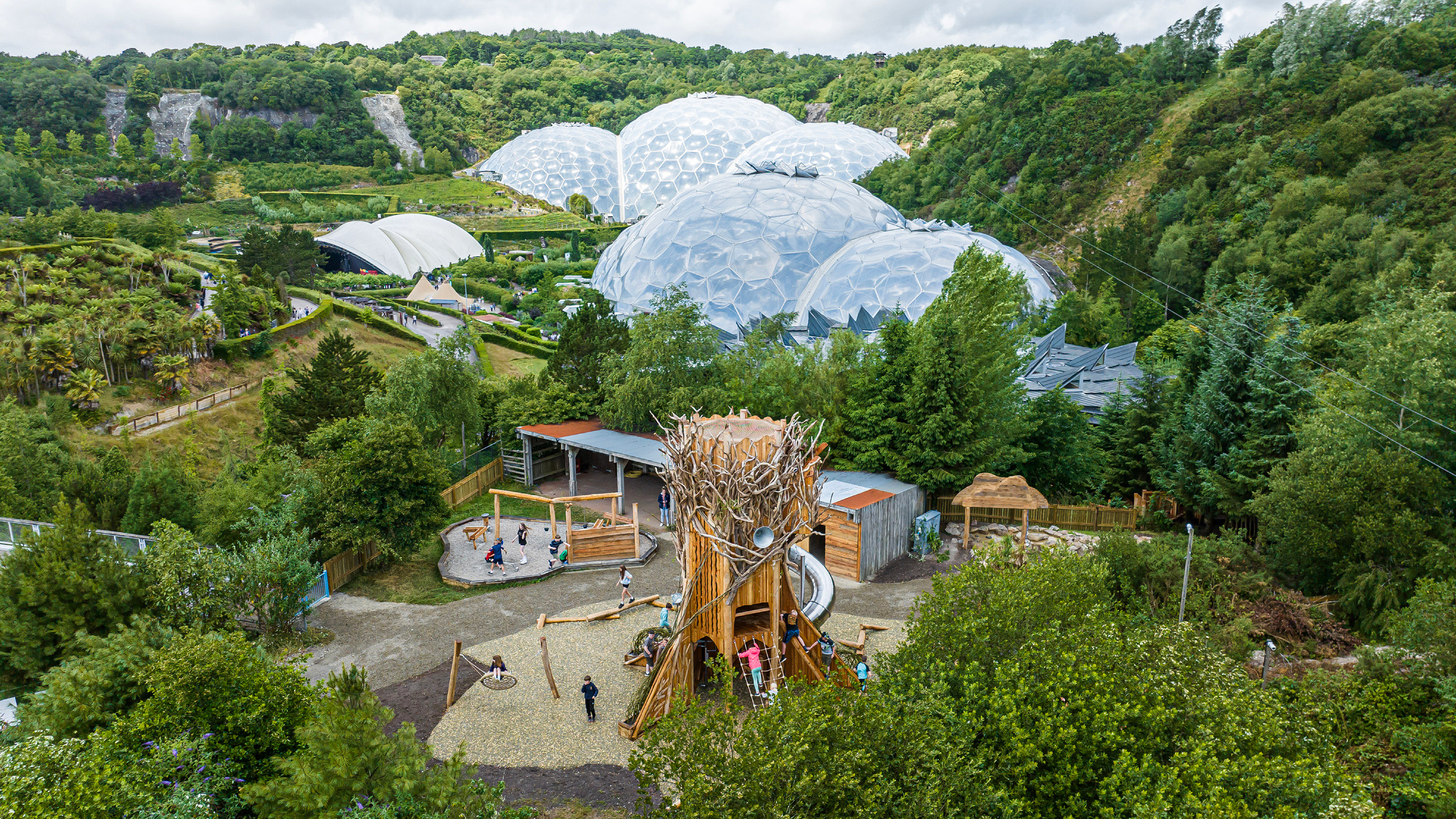

Leave A Comment